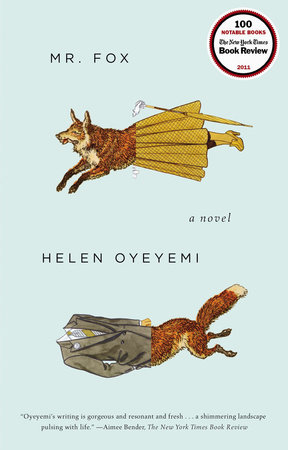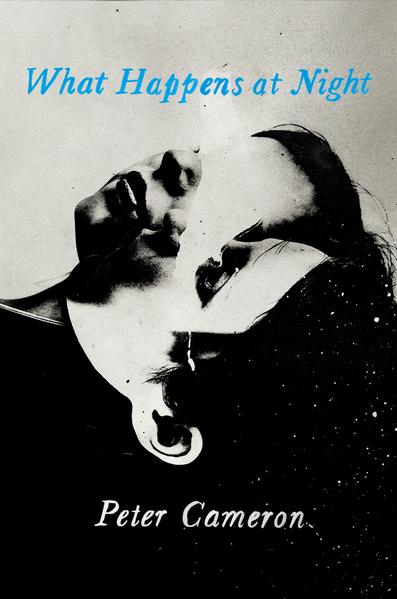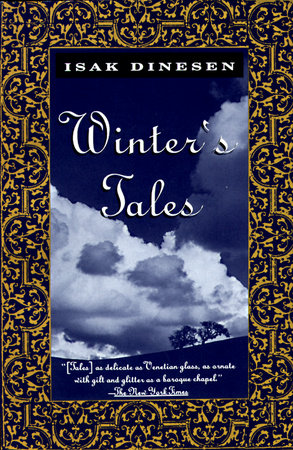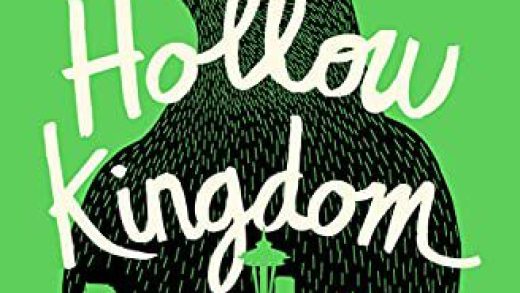At first glance, I believe that all fiction is about intimacy. The act of reading is a search, driven by curiosity and perhaps intellectual loneliness, for what is both other and what is familiar. This is where intimacy lives: in this bardo where the cup is neither empty nor full; where we are neither the other person, nor ourselves. We often link intimacy with sex, or with deep, probing conversations. Crying in front of a lover without covering your face. Writing a long letter, or even arguing. Feelings of purging, but also connection.
The characters in my story collection, Prepare Her, can often be found looking for intimacy and human connection in peculiar ways. In “Something for a Young Woman,” Allison, feeling unfulfilled, leaves her husband, but then finds herself obsessing over an old boss, as if she cannot help but replace one weary relationship for another. In “A Bone for Christmas,” Petra’s marriage to a man with crippling OCD begins to feel so sterile, that, out of curiosity, she provokes a man with a gun. A cowboy sitting on a dead horse becomes an act of intimacy for April, in “Rodeo,” as she slowly realizes that her husband is a stranger. And “Trespassers’” 15-year-old Emi finds the absence of intimacy in her young sex life, as well as her friendship with Catherine, upsetting to the point of dissociation.
I love works of fiction in which intimacy is found, or sought after, in unconventional ways, because I feel that it is the nature of intimacy to be surprising, frightening, and sometimes downright otherworldly. I have found seven books that approach intimacy from this angle, that hunger for human connection in the corners of the unexpected and strange.

Mr. Fox by Helen Oyeyemi
Rife with fairy tales and fairytale logic, the playful structure of this novel reminds me of riding in a car with the windows down; while it may appear that you are following one route, a hundred other stories, sounds, and smells are rushing in. In the central storyline—for there are many—Daphne Fox feels painfully distanced from her husband, a famous writer, and finds herself befriending his imaginary muse, Mary, to get closer to him. In a startling act of intimacy, Daphne gives Mary—who appears before her naked—her own favorite “lilac shirtwaist” from her honeymoon to wear.

Olive Kitteridge by Elizabeth Strout
This entire novel in stories is about intimacy, beginning with Olive’s husband, Henry, whose heart breaks for a young widow, and who longs for people everywhere to be paired, and never alone. It is Olive, however, in her brusque and unruly way, who ties these otherwise unrelated stories together in a sweeping, literary act of intimacy. Her tears over an anorexic girl in “Starving,” help to open a man’s eyes to the dearth of intimacy and compassion in his marriage. And, in “A Different Road,” Olive finds herself feeling tenderness for a most unlikely candidate: a young man who is holding her at gunpoint in a public restroom.

What Happens at Night by Peter Cameron
The husband and wife in this novel remain unnamed, which is perhaps a reflection of their state of emotional estrangement when they arrive at a grand, but somehow obsolete hotel somewhere in snowy northern Europe. Estranged does not mean loveless, however, and the story of their love for each other unfolds heartbreakingly, in the cold and unfamiliar rooms of the hotel. As the wife, who is dying from cancer, continues to reject intimacy, the husband cannot seem to help himself from forming strange—sometimes unsettling—connections with the hotel’s regulars.

Orange World by Karen Russell
In Russell’s stories, where it seems anything is possible, I find myself reading on high alert, careful not to miss any crucial pieces of the worlds that are forming before my eyes. In “Bog Girl: A Romance,” a teenage boy experiences his first feelings of love when he unearths—or un-bogs—a 2000-year-old mummified girl. It seems that he has discovered a perfect, one-sided intimacy in the bog girl’s frozen, but serene smile—that is, until she re-animates. In “The Gondoliers,” a young girl linked from birth to her sisters by a gift for bat-like sonar, seeks solitude in a “dead spot” of polluted water. While this might appear counterproductive to the spirit of my list, I find the escape from intimacy, and the search for it, one and the same.

Annihilation by Jeff Vandermeer
In this first book of Vandermeer’s Southern Reach Trilogy, the narrator, known only to us as “the biologist,” volunteers to go on an expedition to a dangerous and undisclosed wilderness called “Area X.” There, she discovers a lush and dangerous ecosystem complete with bizarre biological riddles, life-altering psychological suffering, and perhaps the one thing that surprises her the most: a glimpse into her late husband’s soul.

Friday Black by Nana Kwame Adjei-Brenyah
When intimacy exists in dystopia, it can appear alien, or uncanny, in contrast to its surroundings. In Adjei-Brenyah’s story “The Era,” a high schooler named Ben, begins to fall for a girl despite a life’s worth of programming against emotional decision-making and compassion. It is with a backward, convex, kind of thrill that we watch intimacy for the sake of intimacy become an act of rebellion. By creating a future that is whittled down to the bare, ugly essentials, Adjei-Brenyah makes us crave the complexity and disorder of the heart more than ever.

Winter’s Tales by Isaak Dinesen
This collection is perhaps the most perplexing when it comes to the author’s intentions, in the way that it blends the archetypal and the deeply personal. Dinesen’s characters are dreamers, faced with moments where their dream worlds crest and break through to reality. Profound conversations about impossible realizations take place. Intimacy is touched upon and then lost. It is dizzying, enchanting, and I am compelled to include it in this list, because sometimes the strangeness of the mind, and the bleak terror of a heart’s desire, make the most exotic backdrop for a fairytale.
The post 7 Books About the Search for Intimacy appeared first on Electric Literature.










